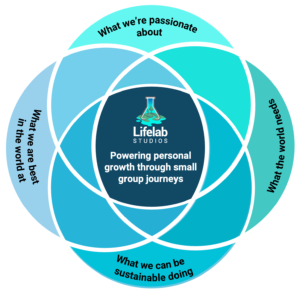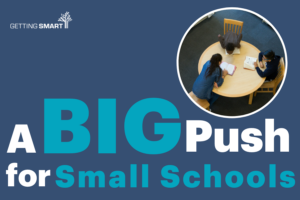Small Vindication?
An MDRC study released today indicates that the new schools developed in New York City improved graduation rates—no surprise, that’s been obvious for years.
The report cited a 7 point difference between a bunch of start up schools and the remaining alternatives in NYC. The more important comparison is between the new schools and the schools they replace—in many cases they had double the graduation rate. But because of the fixation on randomized control groups, this most important observation was not the headline.
Some call this vindication for small schools, but that’s a silly claim because everyone developing good schools continues to develop small schools (e.g., every CMO).
It’s also worth noting that because NYC was up against a charter cap, these were developed as district schools with limited degrees of freedom on hiring. The recent NYC charter study suggests results are far better with a tight model (e.g., Success Charter, Achievement First) and flexible hiring.
Another missed conclusion: New York is lucky to have Bob Hughes and New Visions—the largest and most successful intermediary in the country. Thousands more kids made it to graduation in the last decade in NYC because of Bob’s tireless dedication.
Bill Gates deserves a nod as well. The grant to kick this off was given shortly after Joel Klein took office. You may recall that before becoming Chancellor, he was suing Microsoft on behalf of the feds. That Gates made the grant shortly after Joel started and announced it in person with Klein is a real testament to Bill’s philanthropic commitment.
The real conclusion should be that the 30 year experiment with big traditional comprehensive schools is over—they do a terrible job serving low income and minority students compared to coherent personalized models (i.e., nearly every private and charter high school).
The EdWeek story suggested that because the Manuel turnaround in Denver wasn’t successful, that small schools didn’t work—a dumb conclusion. It’s like saying ‘we should stop teaching biology because the school that failed had a biology class.’ The New York example shows that the answer to ‘how to turnaround failing urban high schools?’ is to close and replace them. Boasberg gets this—that’s why DSST will be opening 4 new schools in Denver; trading good seats for bad seats, swapping a high functioning system for a dysfunctional system.
Closing thought: it’s time to look forward. This study reviewed work kicked off almost a decade ago—it reflected the best available thinking within some narrow constraints in one city. The opportunity set is different today. We have new ways to attack an old problem. We can deliver School-As-A-Service, a customized and personalized education. In some places, we can deliver it with charter-flexibility (which is still pretty confining). Fiscal crisis? Dropout crisis? Achievement gap? We have new tools to attack these problems and should be developing new schools—one kid at a time.






0 Comments
Leave a Comment
Your email address will not be published. All fields are required.